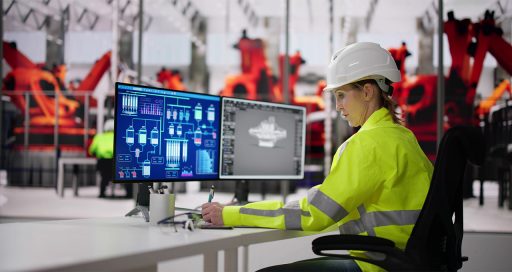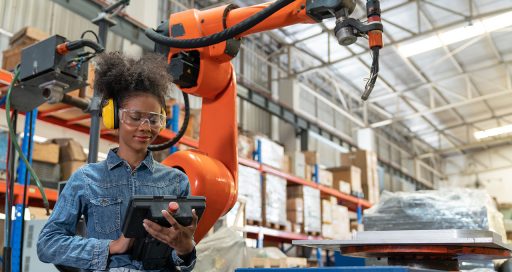By combining the internet of things with artificial intelligence, an Axians business unit in Belgium has developed an application designed to optimise agricultural yields, efficiency during harvesting, food traceability and the fuel consumption of farming machinery.
![]()
At harvest time, every minute counts. Given the cost of agricultural machinery downtime, large operations run their combine harvesters at full capacity from dawn to dusk. Coordination between drivers is therefore essential to optimise the harvesting process while reducing fuel consumption.
With this in mind, Axians Business Applications (VINCI Energies) in Belgium has designed in cocreation with CNHi a solution that makes use of IoT sensors and an artificial intelligence model, just as in an industrial process.
Known as the Harvest Coordination App, this multi-OS (iOS and Android) and multilingual mobile application acts as a real-time dashboard for farmers. Drivers can communicate via instant messaging, view the hopper fill level and see the time remaining until completion of the field.
The Harvest Coordination App works like a real-time dashboard for farmers
This cutting-edge tool offers additional indicators such as the moisture of the crop, yield per square metre and grain quality (nutritional values). The driver also receives a safety alert when someone is close to their vehicle.
AI trained with thousands of images
Once the combine harvester has covered the first few metres, the AI activates. The algorithm counts the grains left on the ground based on a photo taken from the swath behind the vehicle. It has been trained with thousands of hand-labelled images of grain in a supervised machine learning approach.
The results of this grain loss calculator are then fed into the Harvest Coordination App. The driver can accept or reject the result which is also used to improve the AI model.
The application is connected to the combine harvester’s CAN (Controller Area Network) data bus – a feature widely used in industry – and obtains useful metadata such as information about the vehicle and the quality of the crop being harvested.
As Roel Vermeersch, business unit manager of Axians Business Applications, explains, “The driver is also given advice, for example to drive more slowly or adjust the combine harvester’s settings.”
Using vehicle geolocation and spatial modelling of the field, the application traces all information about the crop and the activities linked to the location in the field increasing the level of the granularity in food traceability.
Advantages for the farmers and the contractors
This solution is developed for the farm machinery manufacturer CNH Industrial. Annie Van Landuyt, manager of the Agri Minon farming business, has trialled it and highlights two main advantages.
The first is the coordination between the harvester and its hopper. The second concerns the automatically generated report. When a field is completed, she can immediately see the quality and tonnage of the harvest, and the percentage of grains lost. A farmer can then ensure optimal storage, taking the moisture content and quality of the crop into account.
CNHi also benefits, by improving predictive maintenance on their farming machinery, pending the arrival in ten or fifteen years of self-driving vehicles able to synchronise themselves with limited human intervention.
16/09/2021
Learn more:
Watch the video




